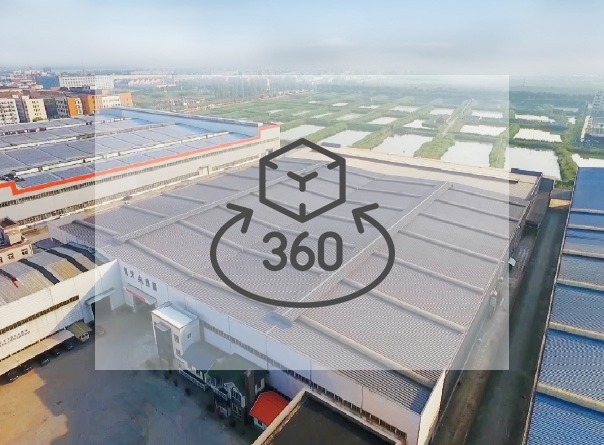Prefab Homes: Combining Functionality, Aesthetic Appeal, and Sustainable Solutions in the Modern Era
In recent years, prefab homes have witnessed a remarkable rise in popularity and demand. This article explores the various aspects that have contributed to this surge, including functional design, aesthetic appeal, sustainable solutions, advancements in prefab technology, and the challenges and future outlook of prefab homes.
The Rise of Prefab Homes:
The concept of prefab homes has gained traction due to their cost-effectiveness, time efficiency, and reduced environmental impact. By being constructed off-site in controlled factory environments, prefab homes minimize construction costs, decrease labor expenses, and offer quicker completion times. The demand for prefab homes has been driven by these advantages and the growing need for efficient and sustainable housing solutions.
Functional Design:
Prefab homes excel in functional design by maximizing space utilization and providing practical living environments. Intelligent space planning ensures efficient room layouts and traffic flow, while customization options allow homeowners to tailor the design to their specific needs. Integration of technology, such as smart home features and energy-efficient solutions, further enhances the functionality of prefab homes.
Aesthetic Appeal:
Prefab homes have transcended the notion of being purely functional, embracing contemporary architectural styles and innovative materials. Clean lines, minimalism, and versatile exterior finishes contribute to the aesthetic appeal of prefab homes. Interior design elements, such as furniture selection, lighting, and color schemes, strike a balance between functionality and aesthetics, creating visually appealing living spaces.
Sustainable Solutions:
Prefab homes offer sustainable solutions by incorporating eco-friendly construction practices and energy-efficient features. Green materials and reduced waste during the manufacturing process minimize the environmental impact. Energy efficiency is enhanced through insulation, efficient heating and cooling systems, and the integration of renewable energy sources. The adaptability and longevity of prefab homes also contribute to their sustainability, as they can be easily modified, expanded, or relocated.
Advancements in Prefab Technology:
Technological advancements have revolutionized the prefab home industry. Innovative building techniques, including modular construction and advanced assembly methods, have streamlined the manufacturing and assembly processes, improving efficiency and quality control. Integration of automation, such as robotics and AI, further enhances precision and speed. Technological breakthroughs like 3D printing, augmented reality, and virtual reality have opened up new possibilities for design, construction, and customization in prefab homes.
Challenges and Future Outlook:
Despite their numerous benefits, prefab homes face challenges such as misconceptions and regulatory constraints. Overcoming these challenges requires educating the public about the quality and design options available in prefab homes and advocating for supportive policies. The future of prefab homes looks promising, with their potential to address housing shortages, offer solutions in emergency situations, and shape the way we build sustainable and efficient communities.
Prefab homes have emerged as a dynamic housing solution, seamlessly combining functionality, aesthetic appeal, and sustainable design. Their rise in popularity is attributed to their cost-effectiveness, time efficiency, and reduced environmental impact. With advancements in technology and design, prefab homes are set to redefine the housing industry and play a significant role in shaping the cities and communities of the future. By embracing functional design, aesthetic excellence, sustainable solutions, and technological advancements, prefab homes represent a transformative approach to modern living.







 English
English Español
Español 中文简体
中文简体 Français
Français عربى
عربى










